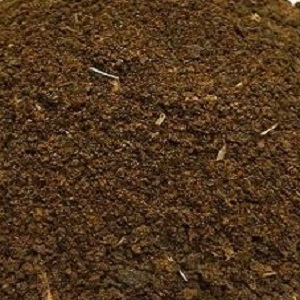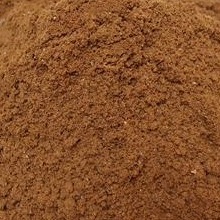Description
Rapeseed meal, called canola meal in North America, Australia and some other countries, is the by-product of the extraction of oil from rapeseed (Brassica napus L., Brassica rapa L. and Brassica juncea L., and their crosses). It is a protein-rich ingredient that is widely used to feed all classes of livestock. Worldwide production of rapeseed meal is second only to soybean meal (USDA, 2016). Rapeseed oil used to have a poor reputation due to the presence of erucic acid, which has a bitter taste and was later found to cause health problems. The use of rapeseed meal as an animal feed was also limited by the presence of glucosinolates, which are antinutritional factors detrimental to animal performance. In the 1960-1970s, low-erucic varieties (“0”) and low-erucic, low-glucosinolate varieties (“00”, double-zero, double low, canola) were developed, allowing rapeseed oil to become a major food oil, and rapeseed meal and rapeseeds to grow in importance as fed to livestock. The first 00 varieties were introduced commercially in Canada in the mid-1970s. In some countries, such as France, 00 varieties became commercially available in the late 1980s (Doré et al., 2006). Low-erucic, low-glucosinolate varieties are now the main types grown worldwide for edible oil, biofuel, industrial oil and lubricants. There are also high-erucic varieties grown for specific industrial purposes (FAO, 2014; Snowdon, 2006). While solvent-extracted rapeseed meal remains the main type of rapeseed meal commercially available, oil-rich rapeseed meals obtained by mechanical pressure have gained popularity since the turn of the century with the development of organic farming and on-farm oil production.




